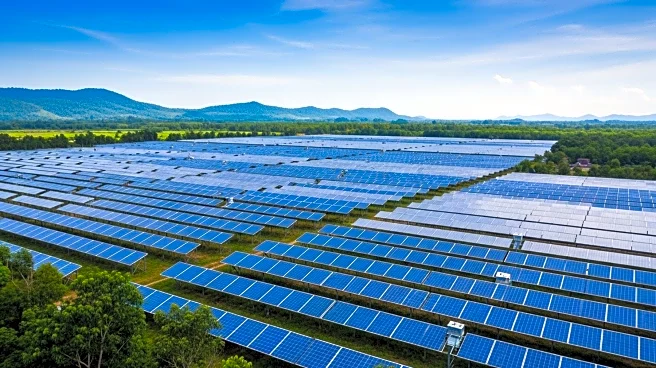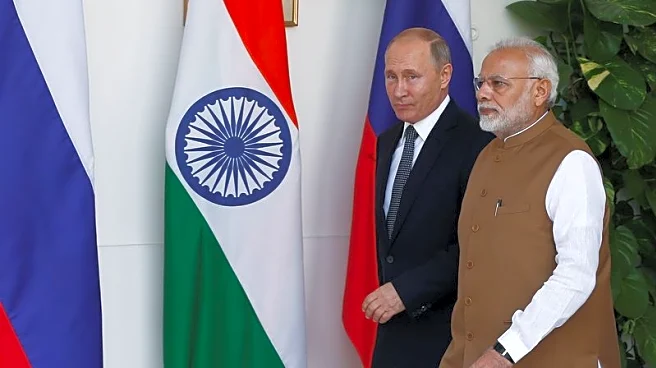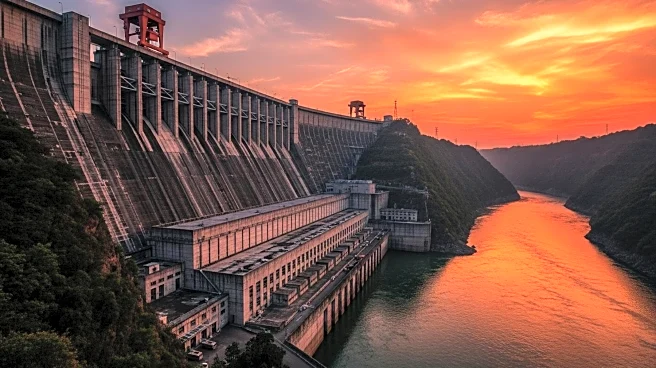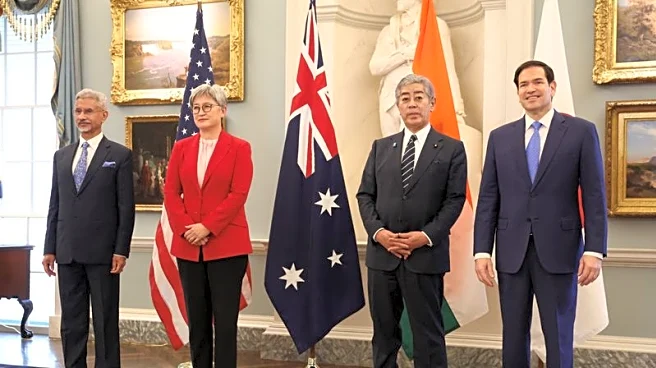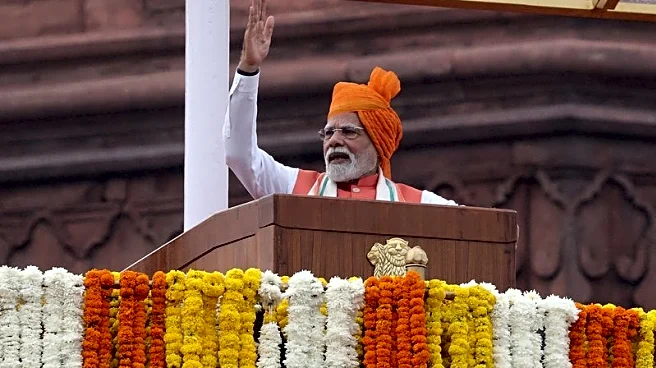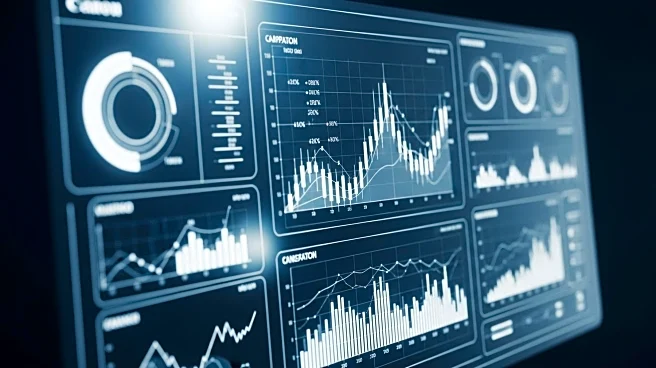What is the story about?
What's Happening?
The Asia-Pacific region is emerging as a significant contributor to the global renewable energy transition, with investments totaling $345 billion, primarily in China and India. This investment accounts for nearly half of the global renewable energy production capacity, producing 4,141.7 terawatt hours in 2023. Southeast Asia is poised to become a major engine of energy demand growth, particularly in the electricity sector, with demand expected to increase at an annual rate of 4%. Clean energy sources like wind and solar are projected to meet more than a third of this growth by 2035. Delta Electronics' Vice President, David Leal, emphasizes the need for local industries to invest in research and development to capitalize on this opportunity.
Why It's Important?
Southeast Asia's potential as a manufacturing superpower is closely tied to its renewable energy capabilities. The region's growth in clean energy investment is crucial for meeting future energy demands and achieving climate goals. This development could lead to increased economic growth and technological advancements, positioning Southeast Asia as a key player in the global manufacturing sector. The focus on renewable energy aligns with global efforts to reduce carbon emissions and transition to sustainable energy sources, benefiting both local economies and the global environment.
What's Next?
To fully realize its potential, Southeast Asia will need to increase its clean energy investment fivefold by 2035, requiring $190 billion to achieve its energy and climate goals. This investment will support the region's transition to a manufacturing superpower, driving economic growth and technological innovation. Local industries are encouraged to enhance their research and development efforts to capitalize on the opportunities presented by the renewable energy sector.
AI Generated Content
Do you find this article useful?
